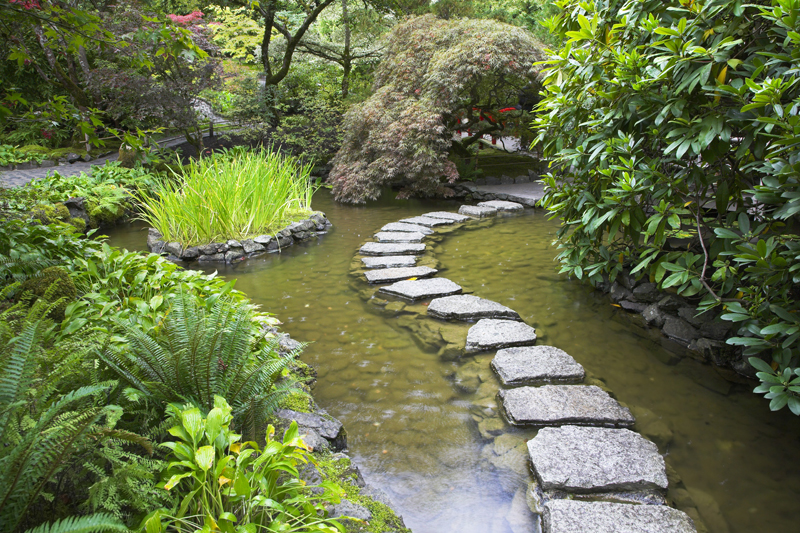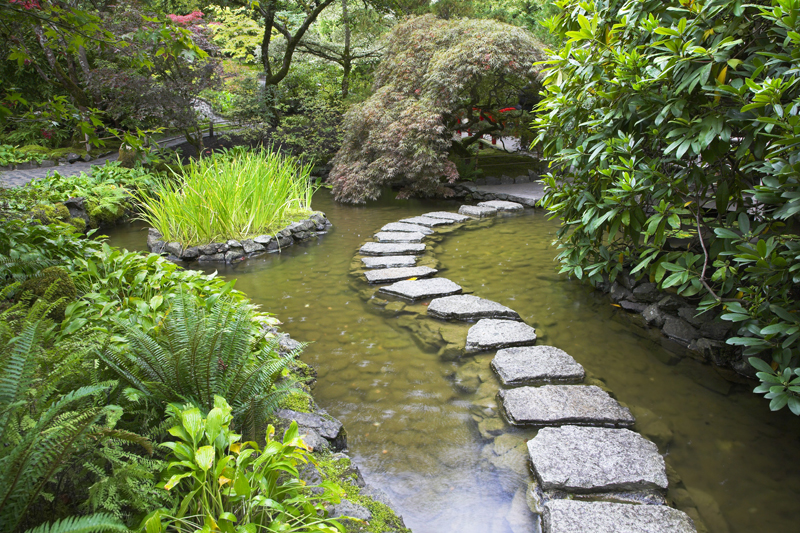Growing Dahlias

Hardiness of the dahlias can vary according to the species or variety. However, many types of dahlias are winter hardy to zones nine and higher. Dahlias are damaged by frost.
In cold areas, dahlias can be planted outdoors in the spring once the date of the last expected frost has past. In areas where these aren’t hardy, the bulbs will need to be dug after the first killing frost. Then, dry the tubers and cover them with slightly damp peat moss. Store them in a cool, frost-free area indoors with a temperature between 35 to 50 degrees Fahrenheit until the following spring.
Dahlias can be propagated from seeds, stem cuttings, and by dividing the tubers. T hose grown from seeds will bloom the first year.
Dahlias with small blossoms are often easier to grow than the ones with large to very large blossoms.
For one thing, the bedding plant dahlias usually don’t require staking while the ones with large flowers do.
The planting depth can vary, depending on the size of the tuber. For large to extra large ones, six inches is a suggestion. For smaller tubers, five inches or less will do.
These plants do best in full sun or at least a minimum of six hours of direct sun daily. A moist, rich, loamy, well drained soil is best. A somewhat acid pH is preferred.
Prepare the soil well before planting the dahlias. Add organic matter, such as well rotted manure or compost before planting. At the same time, mix in the first application of bulb fertilizer.
Then, add additional fertilizer about once a month until the plants become well established. If lime is needed, this can also be added to the soil before the bulbs are planted.
For best results, keep the soil consistently moist. If the soil becomes terribly dry, the plants won’t be able to bloom as freely.
The distance between dahlia bulbs can vary slightly according to the expected height of the plants. One general guideline is to allow one to three feet between large sized dahlia plants.
Dahlia bulbs can be planted in rows that are three to four feet apart. If you plan on staking the plants, it is important to allow sufficient space between the plants.
Initially, only cover the tubers with three inches of soil. Then finish covering them with additional soil once the first shoots begin the appear. Once all the soil Is in place, apply mulch or compost to the area.
In cold areas, dahlias can be planted outdoors in the spring once the date of the last expected frost has past. In areas where these aren’t hardy, the bulbs will need to be dug after the first killing frost. Then, dry the tubers and cover them with slightly damp peat moss. Store them in a cool, frost-free area indoors with a temperature between 35 to 50 degrees Fahrenheit until the following spring.
Dahlias can be propagated from seeds, stem cuttings, and by dividing the tubers. T hose grown from seeds will bloom the first year.
Dahlias with small blossoms are often easier to grow than the ones with large to very large blossoms.
For one thing, the bedding plant dahlias usually don’t require staking while the ones with large flowers do.
The planting depth can vary, depending on the size of the tuber. For large to extra large ones, six inches is a suggestion. For smaller tubers, five inches or less will do.
These plants do best in full sun or at least a minimum of six hours of direct sun daily. A moist, rich, loamy, well drained soil is best. A somewhat acid pH is preferred.
Prepare the soil well before planting the dahlias. Add organic matter, such as well rotted manure or compost before planting. At the same time, mix in the first application of bulb fertilizer.
Then, add additional fertilizer about once a month until the plants become well established. If lime is needed, this can also be added to the soil before the bulbs are planted.
For best results, keep the soil consistently moist. If the soil becomes terribly dry, the plants won’t be able to bloom as freely.
The distance between dahlia bulbs can vary slightly according to the expected height of the plants. One general guideline is to allow one to three feet between large sized dahlia plants.
Dahlia bulbs can be planted in rows that are three to four feet apart. If you plan on staking the plants, it is important to allow sufficient space between the plants.
Initially, only cover the tubers with three inches of soil. Then finish covering them with additional soil once the first shoots begin the appear. Once all the soil Is in place, apply mulch or compost to the area.

Related Articles
Editor's Picks Articles
Top Ten Articles
Previous Features
Site Map
Content copyright © 2023 by Connie Krochmal. All rights reserved.
This content was written by Connie Krochmal. If you wish to use this content in any manner, you need written permission. Contact Connie Krochmal for details.



